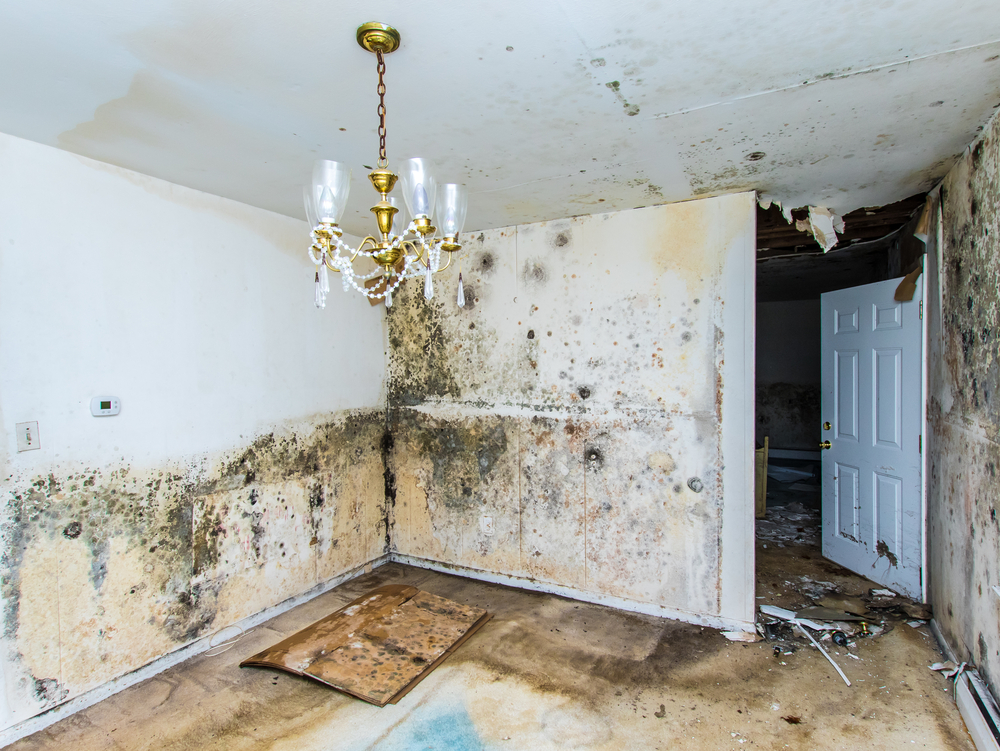As a Contractor, do you consider what it takes to successfully develop your own internal supplementing  department? Compliance and requirements changing from carrier to carrier and market to market that always invariably involve return trips to the jobsite, building code research, and a healthy knowledge of each manufacturer’s installation guidelines. There is a lot to consider…….
department? Compliance and requirements changing from carrier to carrier and market to market that always invariably involve return trips to the jobsite, building code research, and a healthy knowledge of each manufacturer’s installation guidelines. There is a lot to consider…….
Jobs are not the same, but these areas are critical to successfully supplementing your own jobs.
Technology: If you are a fast growth restoration contractor then you’ll need to employ a system that can scale to document, track and complete these supplements. To do this right, you correctly you must utilize some decent technology that can power this process. (If you are reading this and you still operate on a paper job file system; It’s time to take the leap!)
You should have the following technologies:
- CRM: browser based with a phone app.
- System and Process (Proj. Mgmt. module for CRM or other) for tracking and facilitating all communication among team members and carriers.
- The right hardware to maintain uptime.
- Photo Handling Technology (Company Cam)
- Aerial measurement/pictometry technology (EagleView, ScopeTechologies)
- Estimating Software or Process (Xactimate)
- DropBox or GoogleDrive
- Business class phone & email technology (MSFT exchange or Google for Biz, Ring Central +)
People: It takes a team of people to support effective supplementing from organizing a quality scope, to estimating, to supplementing. Differentiate these people for a segmented process and be proficient with the technology you employ.
Personnel Types to Consider:
- The administrative role will keep things organized and in motion.
- The estimator(s) should be high quality, armed with accurate macros, and have a deep understanding of the regions being written. Have a reviewer or quality control in place to minimize errors and avoid embarrassment.
- The Supplementer: Your strongest team member must truly understand how to work with the adjuster while keeping their cool so not to overstep compliance or legal guidelines surrounding the conversation about the supplement. At the same time, they need to increase the payout and get the money moving.
Process
- Creating the estimate: This is not just an estimate, but instead a strategic document that sets the stage for the conversation you’re going to have with the adjuster. Every estimate begins with a strong scope. Almost all the time your scope of repairs and the adjusters are going to differ. When creating the estimate; it is important to reference code docs, your damage assessment, Manufacturers’ install guidelines and what the repair method is going to look like.
When you have a solid scope then you have a good ability to effectively create the Xactimate estimate. If you have a copy of the adjuster’s report; you may or may not want to reference it first. First, build your estimate based off the damages you get from your well-prepped damage assessment and then reference the adjuster’s estimate for additional line items. After completion, provide it to someone internally who can review the same scope and find any mistakes in your work.
- Supplemeting with the carrier: At Balance we have two main goals: maximize the supplement payout and the turn-around time to keep cash flowing to our clientele. Consider the amount of money needed to professionally and safely complete the job. Set the amount needed and move toward that goal. Understand your production schedule, so you need to consider how long you must work with the carrier before breaking ground and finishing the work. This timeline depends on how good you are at supplementing your own jobs, but Balance recommends you give yourself at least 3-5 weeks’. Establishing proper expectations with your customer, the policyholder, and your own production team will assist while you work to get the carrier to commit to enough money for the project. Use a very segmented process, that operates like an assembly line.
Important areas of focus:
- Obtain your scope from the field, organized and into the hands of your estimating team asap. Then get a quality estimate produced.
- Send this estimate to the carrier and stay on top of them as much as possible following the submittal.
- Be persistent in getting the adjuster to provide time for reviewing the job with you. The quicker you accomplish this initial conversation the better. Be prepared for the process to take many conversations or interactions with the IC adjuster.
- Throughout the process with the adjuster you should always request a revised estimate and their feedback to your estimate, in writing (email). A paper trail is important to keep this process moving toward your goals. Always attempt to establish a specific time for this review and set the expectation that you want to go line by line through your estimate. This establishes accountability for the situation and reveals competence. Do your due diligence, then it’s likely that the estimate contains information that the adjuster missed.

 department? Compliance and requirements changing from carrier to carrier and market to market that always invariably involve return trips to the jobsite, building code research, and a healthy knowledge of each manufacturer’s installation guidelines. There is a lot to consider…….
department? Compliance and requirements changing from carrier to carrier and market to market that always invariably involve return trips to the jobsite, building code research, and a healthy knowledge of each manufacturer’s installation guidelines. There is a lot to consider…….

